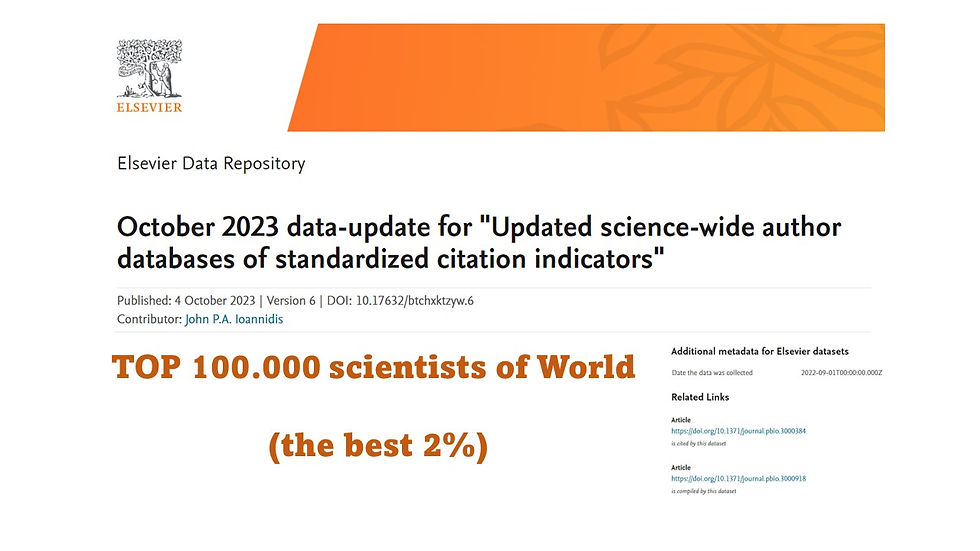Climate seasonality drives ant–plant–herbivore interactions via plant phenology.
- Kleber Del Claro

- 22 de dez. de 2021
- 2 min de leitura

RESEARCH ARTICLES
Eduardo Soares Calixto, Letícia Rodrigues Novaes, Danilo Ferreira Borges dos Santos, Denise Lange, Xoaquín Moreira, Kleber Del-Claro
Abstract
Interactions between ants and plants bearing extrafloral nectaries (EFNs) are among the most common mutualisms in Neotropical regions. Plants secrete extrafloral nectar, a carbohydrate-rich food that attracts ants, which in return protect plants against herbivores. This ant–plant mutualism is subjected to temporal variation, in which abiotic factors can drive the establishment and frequency of such mutualistic interaction. However, studies investigating how abiotic factors (e.g. climate) directly and indirectly influence ant–plant–herbivore interactions are incipient.
In this study, we investigated direct and indirect (via plant phenology) effects of temperature and rainfall on ant–plant–herbivore interactions. To address these goals, each month we estimated six plant phenophases (newly flushed leaves, fully expanded leaves, deciduousness, floral buds, flowers and fruits), the activity of EFNs and abundance of ants and herbivores in 18 EFN-bearing plant species growing in a markedly seasonal region (the Brazilian Cerrado) during a complete growing season.
Our results showed that (a) there were marked seasonal patterns in all plant phenophases, EFN activity and the abundance of ants and herbivores; (b) the peak of EFN activity and ant and herbivore abundance simultaneously occurred at the beginning of the rainy season, when new leaves flushed and (c) rainfall directly and indirectly (via changes in the production of new leaves) influenced EFN activity and this in turn provoked changes in ant abundance (but not on herbivores).
Synthesis. Overall, our results build towards a better understanding of how climate drives seasonal patterns in ant–plant–herbivore interactions, explicitly considering plant phenology over time.
How to cite
Calixto, ES, Novaes, LR, dos Santos, DFB, Lange, D, Moreira, X, Del-Claro, K. Climate seasonality drives ant–plant–herbivore interactions via plant phenology in an extrafloral nectary-bearing plant community. J Ecol. 2021; 109: 639– 651. https://doi.org/10.1111/1365-2745.13492







Maxxron Oils are top-tier Engine Oil Manufacturer that provide the best possible protection, efficiency, and life span for the engine. The application of new generation additives along with technical innovations has created Maxxron Oils that lower friction, cut wear and even help the engine consume less fuel. No matter if it is a car, bike or a heavy-duty rig, Maxxron is there to offer unchanging trustworthiness and soft weaving in every type of road circumstance. Car engine Oil
Erome is a growing hub for creators to share and explore unique content. Find out how to join, navigate, and maximize your Erome experience.
Ultimately, reading stories is a flexible and rewarding way to learn, no matter how much time I have. Whether I have just a few minutes between appointments or an entire afternoon to dedicate to a book, I can always dive into a story and emerge with something new. Whether it's a small increase in vocabulary, a boost in reading speed, or just the joy of exploring a new world through literature, every reading session brings its own rewards. And it’s amazing how much I continue to grow, all while having a great time.
top sex stories websites:
Tamil Sex Story
Assamese Sex Story
Marathi Sex Story
Odia Sex Story
Punjabi Sex Story
Nepali Sex Story
Marathi Sex Stories
Odia Sex…
cm mining cm mining
cpspai cpspai
cpspai cpspai
paxmining paxmining
paxmining paxmining
golden mining golden mining
ri mining ri mining
solmining solmining
cm mining cm mining
cm mining cm mining
cm mining cm mining
cm mining cm mining
cm mining cm mining
cm mining cm mining
cm mining cm mining
cm mining cm mining
cpspai cpspai
cpspai cpspai
paxmining paxmining
paxmining paxmining
golden mining golden mining
ri mining ri mining
solmining solmining
cm mining cm mining
cm mining cm mining
cm mining cm mining
cm mining cm mining
cm mining cm mining
cm mining cm mining
cm mining cm mining